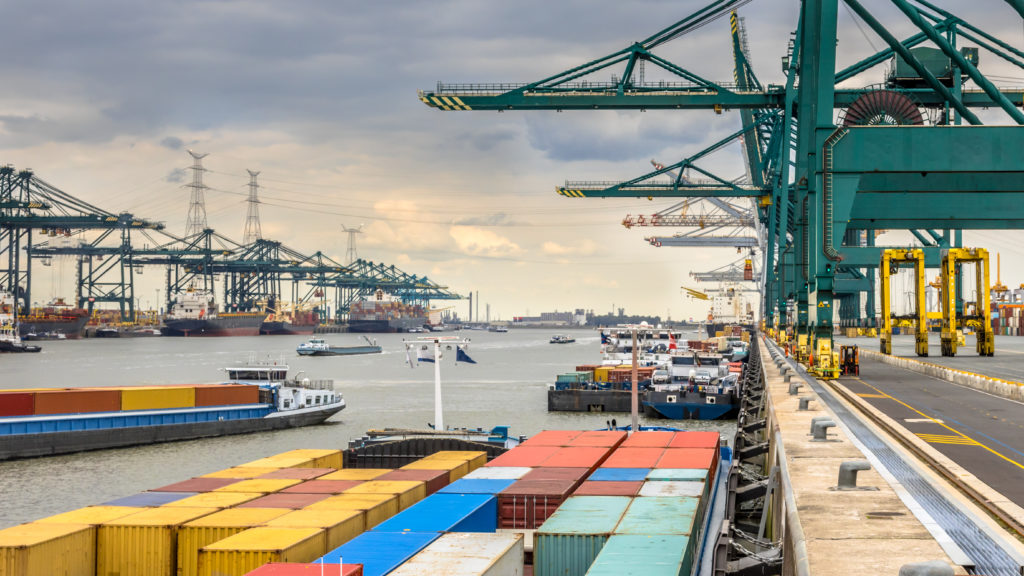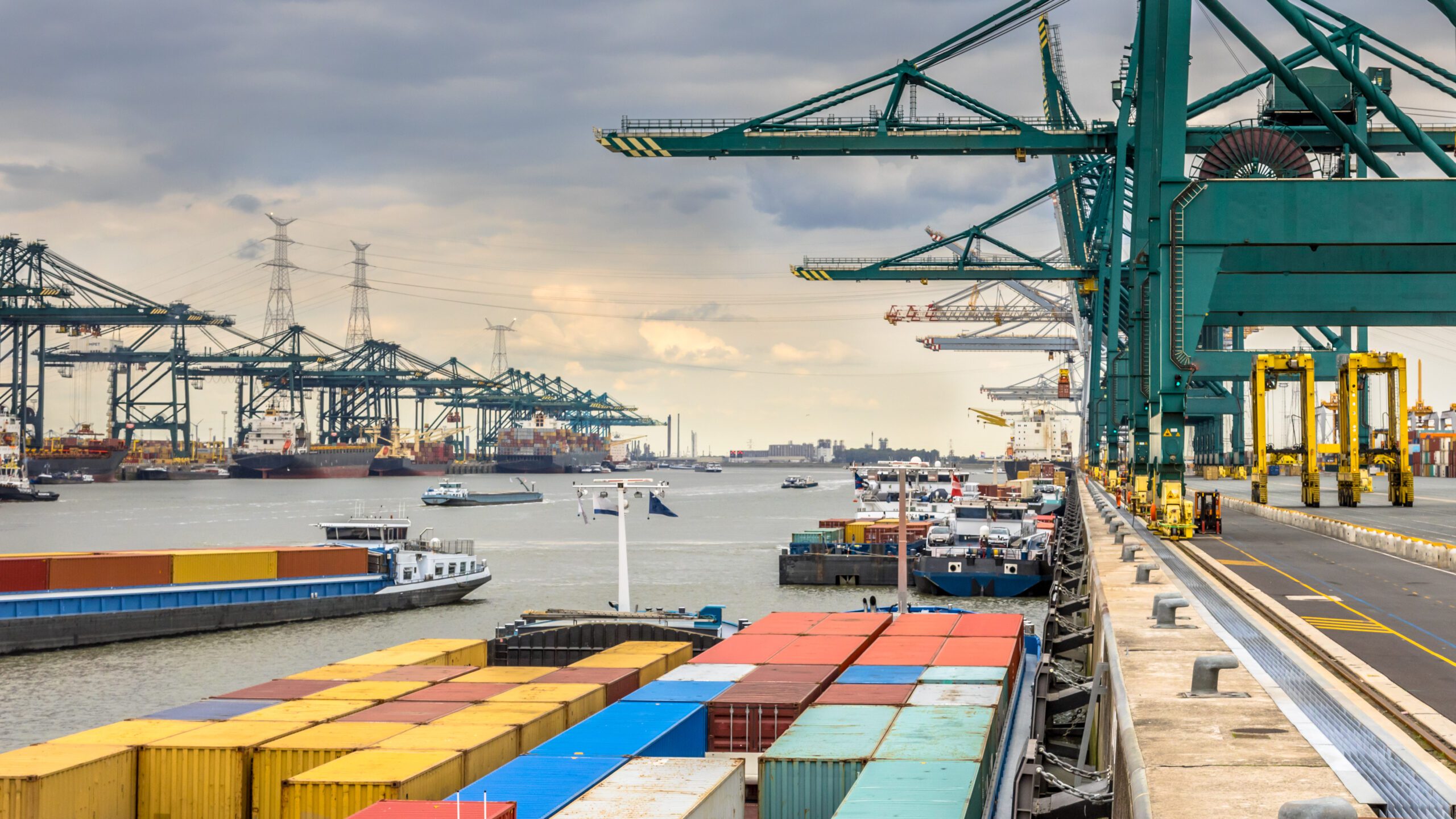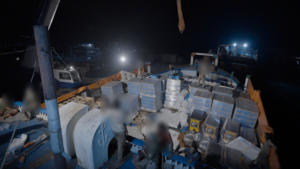
Photo: 146729426 / Cargo Vessel©Rudmer Zwerver | Dreamstime.com
Container xChange, an online container logistics platform, conducted a survey on the 2023 outlook of almost 1,200 supply chain professionals worldwide. The survey revealed that these professionals are concerned about the possibility of a recession, geopolitical risks and rising operating costs.
The survey aimed to understand the biggest challenges they foresee for their businesses in the second half of the year showed that recession in the US remains the top concern, followed by geopolitical risks and rising operating costs.
The Container xChange survey also found that the demand for freight declined significantly after it reached its peak in September 2021, while freight rates and container prices appear to have stabilized in Asia showing resilience in the intra-Asia trade routes.
The collapse of two US lenders in March caused a global banking crisis that spread to many economies, sparking fears of contagion. Emergency measures were taken by the US Federal Government and other agencies to backstop the financial system, but stress in the banking sector has grown. This has led to increased odds of a US recession within the next 12 months, according to Goldman Sachs, with implications for the market.
In accordance with the data released by the platform 49% of those surveyed fear a recession in the US as a key concern for the freight forwarding industry.
“Interest hikes by central banks due to sticky inflation has put the balance sheets of many lenders under pressure, essentially forcing them to mark down assets or sell them off at a loss to cover short-term liquidity needs,” said Christian Roeloffs, cofounder and CEO of Container xChange.
Meanwhile the demand for freight declined significantly after it reached its peak in September 2021.
Aaron Callahan, the owner of a container trading company based in the US shared with Container xChange, that “the container market, in general, is very volatile currently, it changes every week, so there is risk in predicting what will turn out after six months,” as he says.
However there is a bright side in the container shipping industry, particularly in Asia. Despite the current oversupply of equipment, freight rates and container prices appear to have stabilized in Asia showing resilience in the intra-Asia trade routes.
“This could be good news for businesses that rely on container shipping as it means they can anticipate more predictable shipping rates and potentially more stable supply chains,” as Container xChange highlights.



